[Photo story] Taiwan and the ROC: Same, yet different
Taiwan's current situation is the result of historical factors and developments, including Sun Yat-sen's revolution and the ensuing rivalry between the Kuomintang and Chinese Communist Party. Historical photo collector Hsu Chung-mao re-examines that era with his collection of old pictures.

(All photographs courtesy of Hsu Chung-mao.)
Today, while most countries do not recognise Taiwan as a country, 13 United Nations (UN) member countries do, albeit under the name of the Republic of China (ROC). Geographically, Taiwan refers to the island of Taiwan, generally including the Penghu islands to its left. As for the ROC, in addition to Taiwan and Penghu, it also includes the Matsu Islands and Kinmen Islands off the coast of Fujian. But although the geographical area is similar, the historical connotations of Taiwan and the ROC are very different in terms of national identity, and this difference is the core of the current cross-strait issues and international understanding of the issue.
How the ROC came to be
To explain this difference, we must first discuss the history of the ROC. On 10 October 1911, after more than a decade of revolutionary activities, the Revolutionary Party led by Sun Yat-sen finally overthrew the Qing dynasty government and worked with Yuan Shikai -a Han official of the Qing dynasty - to establish the first republic in Chinese history, dubbed the Republic of China.
Subsequently, for internal political unity, Yuan Shikai was appointed as the President of the Republic of China, and the capital was moved from Nanjing to Beijing. However, Yuan's authoritarian ambitions were soon exposed, as he briefly abolished the republic and restored the monarchy. His successors continued to govern in Beijing and were recognised by countries around the world. This was known as the Beiyang government period.
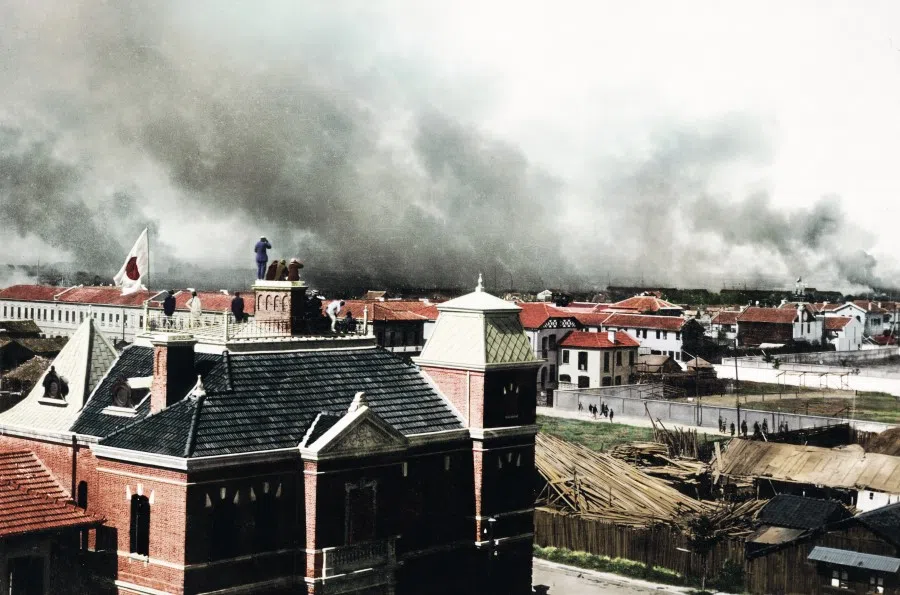

Sun Yat-sen was forced into exile in Japan to continue his revolutionary activities. But shortly after Yuan Shikai's death, Sun returned to his hometown of Guangdong and with the support of the locals, established the Guangzhou military government. China entered a period of tussling between warlords, and Sun's revolutionary forces were unable to defeat the powerful warlord armies in the north.
Sun Yat-sen declared that the Chinese revolution could only succeed if it learned from the Soviet Union.
In 1917, the success of the Soviet Revolution brought new hope to weak and oppressed nations. Sun Yat-sen originally aspired to Western republican systems, but Western powers continued to pursue their policy of aggression and colonisation towards China, and the reality was that Western systems did not change their policy of colonial plunder.
Sun Yat-sen declared that the Chinese revolution could only succeed if it learned from the Soviet Union. In 1921, with the assistance of the Soviet Union, the Chinese Communist Party (CCP) was founded in the Shanghai concession. In 1924, with the facilitation of Soviet representatives, Sun's Kuomintang (KMT) was transformed into a Leninist-style political party, while the Huangpu Military Academy was also established to train party soldiers. CCP members joined the KMT as individuals, so that both groups could cooperate.
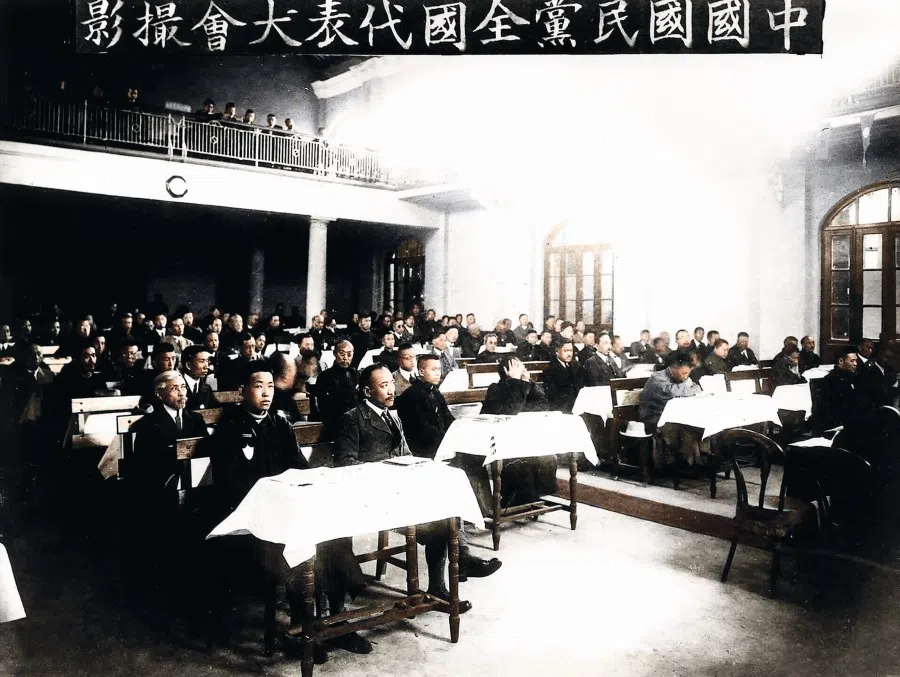
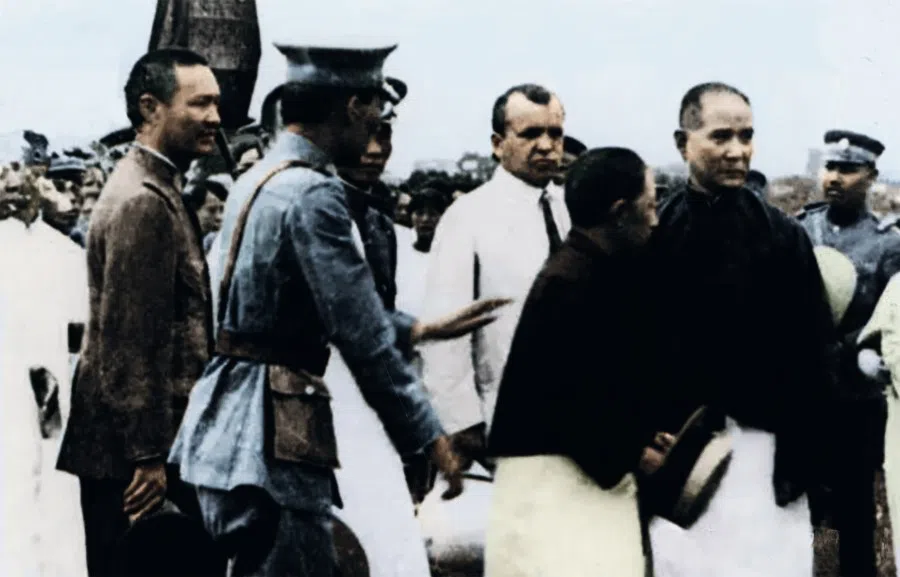
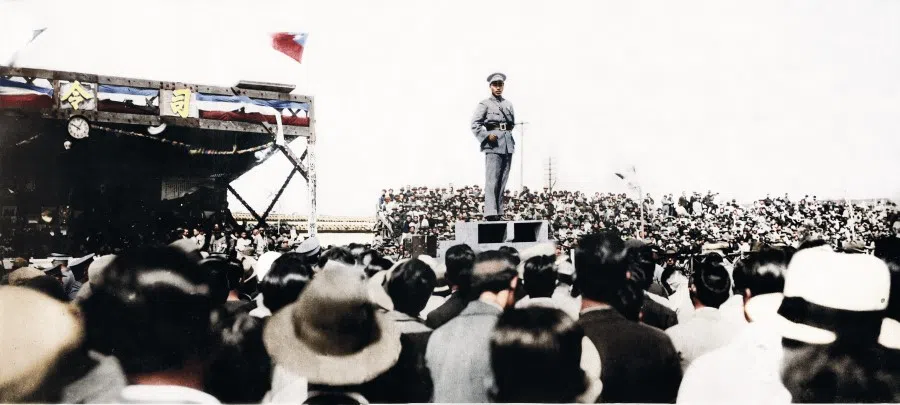
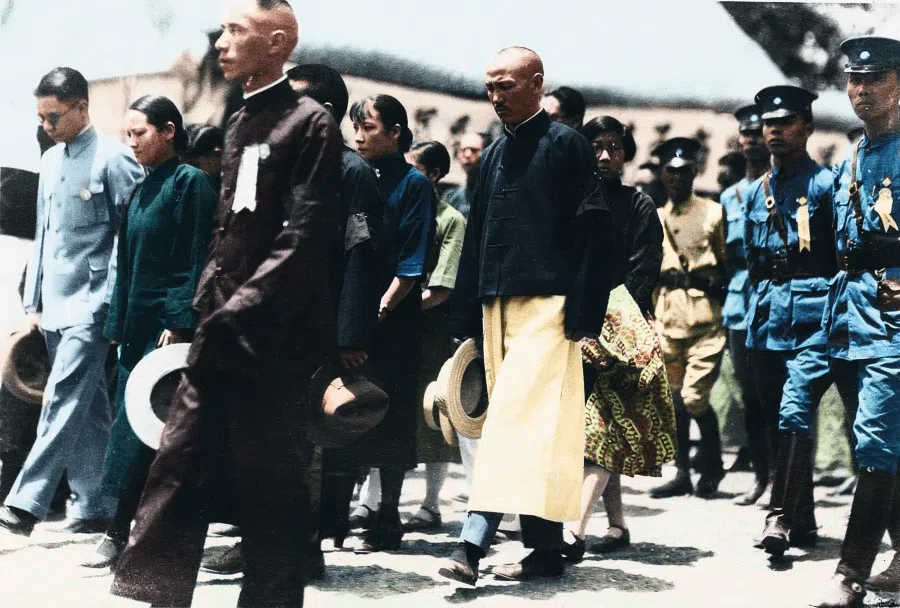

After the reform, the military strength of the KMT grew rapidly, and it unified Guangdong and Guangxi.
...the period from 1927 to 1937 - before Japan invaded China - was known as China's golden decade.
A year after Sun Yat-sen's death, young leader Chiang Kai-shek became the commander-in-chief of the National Revolutionary Army, which embarked on the Northern Expedition in 1927. The Nationalist government was established in Nanjing, and the CCP was expelled from the KMT.
On 1 August 1927, the CCP officially established its own armed forces and concentrated them at the border between Fujian and Jiangxi, to establish a communist political power.
Despite severe challenges faced by the Nationalist government at home and abroad, the period from 1927 to 1937 - before Japan invaded China - was known as China's golden decade. Its economy developed rapidly and Shanghai became China's economic centre, while a modern armed force was established in cooperation with Germany.
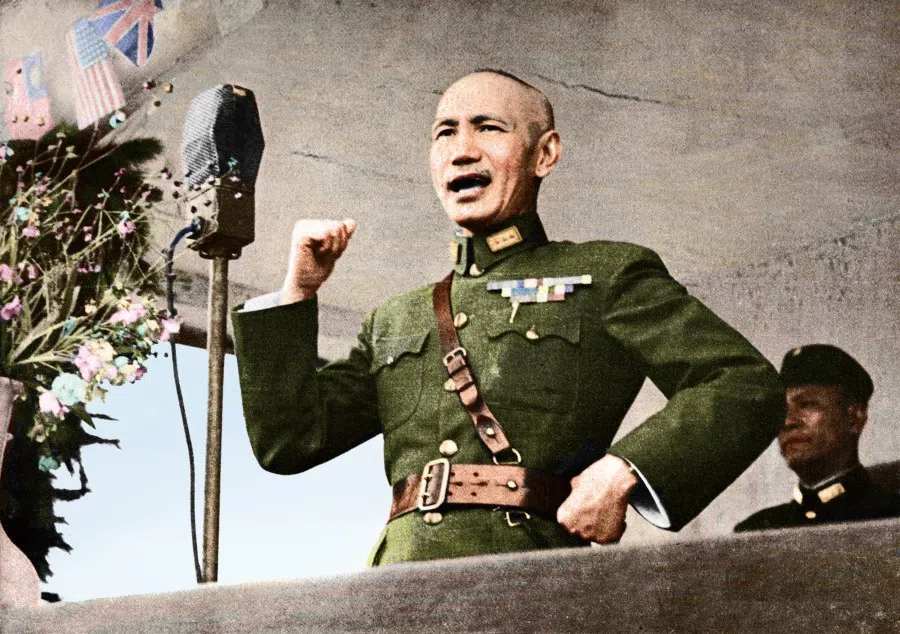
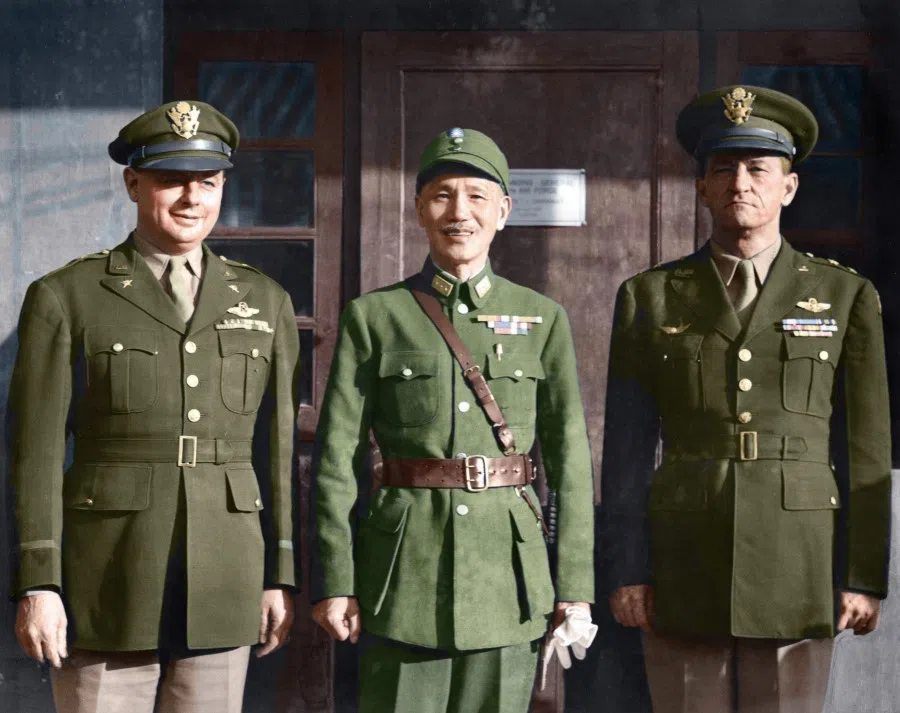

As for the CCP, after being encircled and suppressed in 1935, it fled northwest for more than a year before finally settling in Yan'an.
The Xi'an Incident led to renewed cooperation between the KMT and the CCP to jointly resist Japanese aggression, and they emerged victorious after eight years of war. Following Japan's defeat in 1945, Taiwan, which was ceded to Japan in the Treaty of Shimonoseki in 1895, was returned to China in accordance with the Cairo Conference and Potsdam Declaration.
...the Nationalist government retreated to Taiwan, bringing with them the ROC, including the Kinmen and Matsu islands off the coast of Fujian.
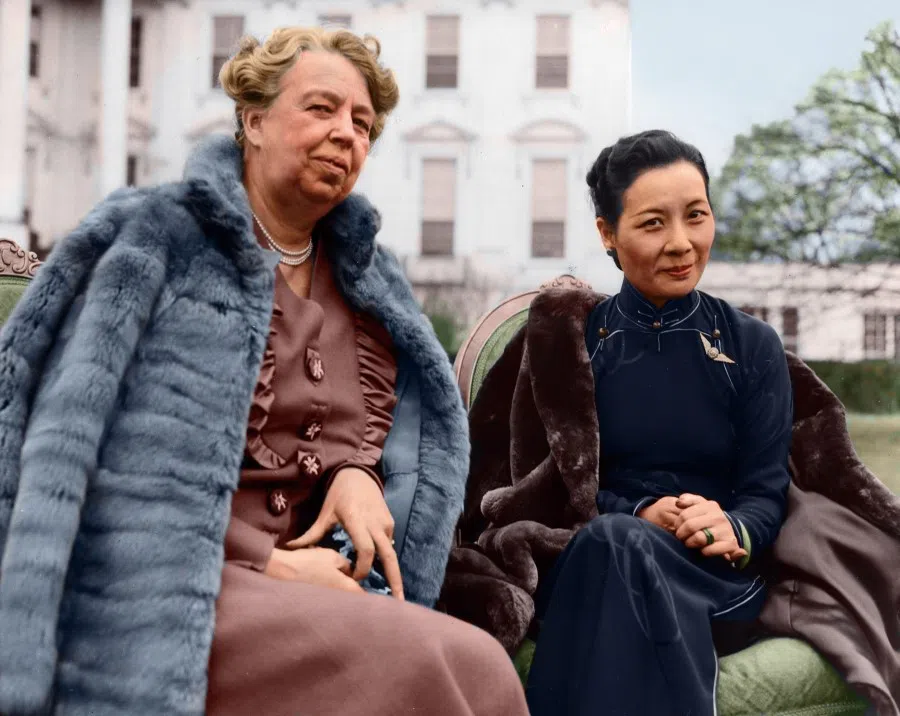

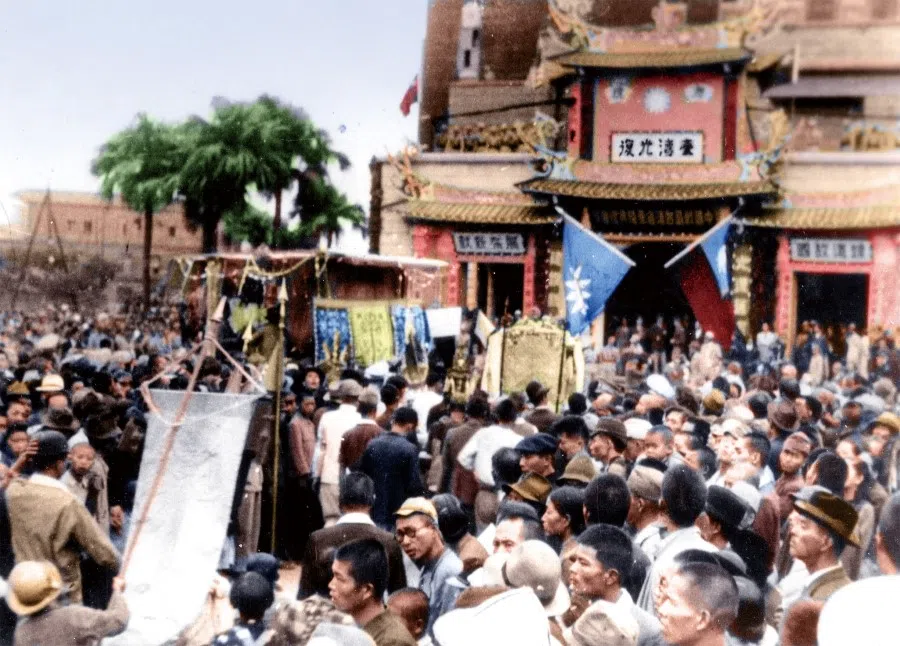
War of ideologies
However, after the fall of the fascist empire came the communist revolution, and the world fell into a war of ideologies between capitalism and communism. In China, this was embodied in the Chinese Civil War, which was ultimately won by the CCP.
On 1 October 1949, the People's Republic of China (PRC) was established in Beijing and the Nationalist government retreated to Taiwan, bringing with them the ROC, including the Kinmen and Matsu islands off the coast of Fujian.
In the context of the Cold War, the US continued to recognise the ROC government as the only legitimate government representing China, and maintained its permanent seat in the UN while maintaining a military alliance with the ROC.
However, the gap between this international status and the ROC's actual scope of governance and power was too large to be sustained in the long term, especially since in the late 1960s, the US was deep in the Vietnam War, while armed border conflicts happened between China and the Soviet Union, leading to fundamental changes in the international strategic landscape. The PRC, as a leader of the Third World, made international appeals and demonstrated its independent international influence.
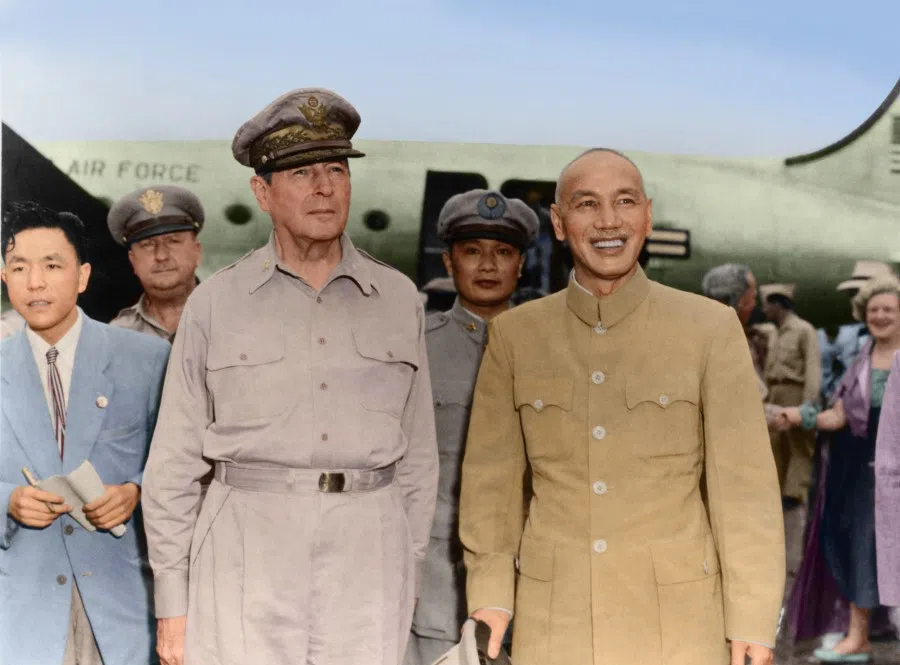
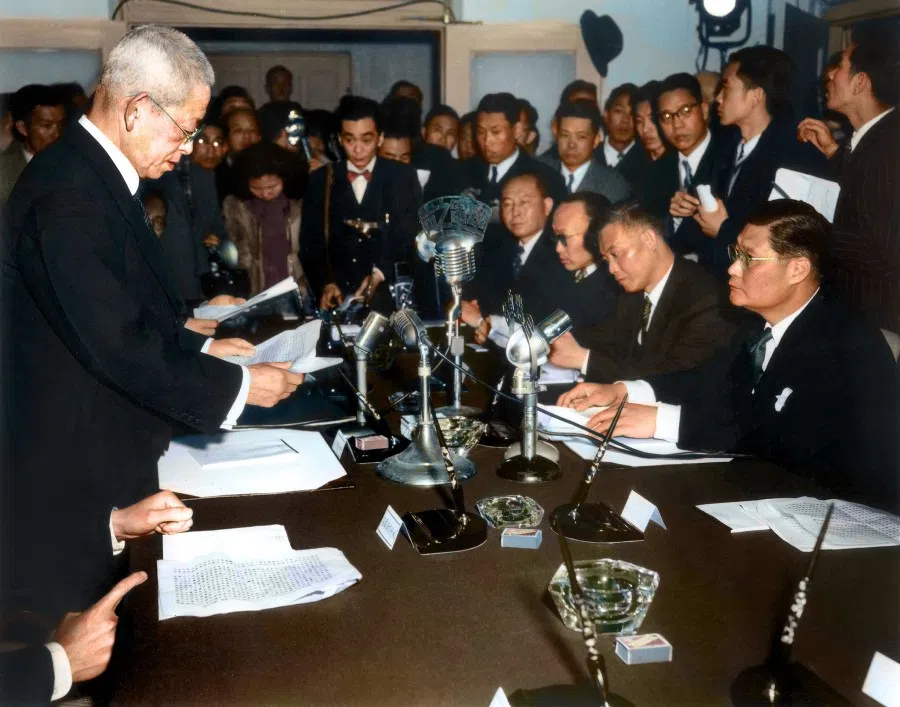
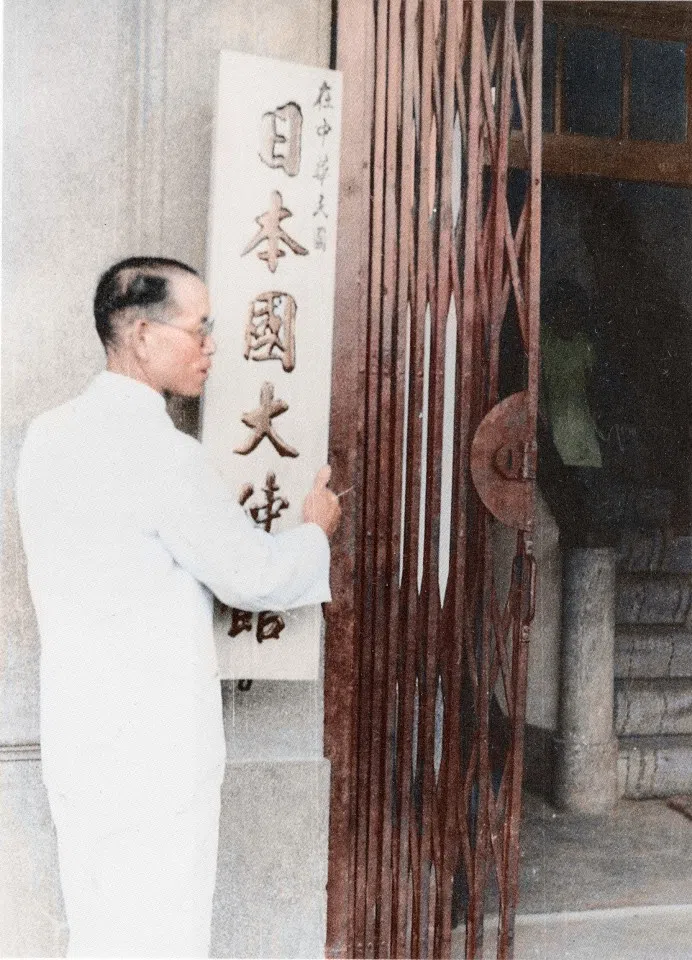
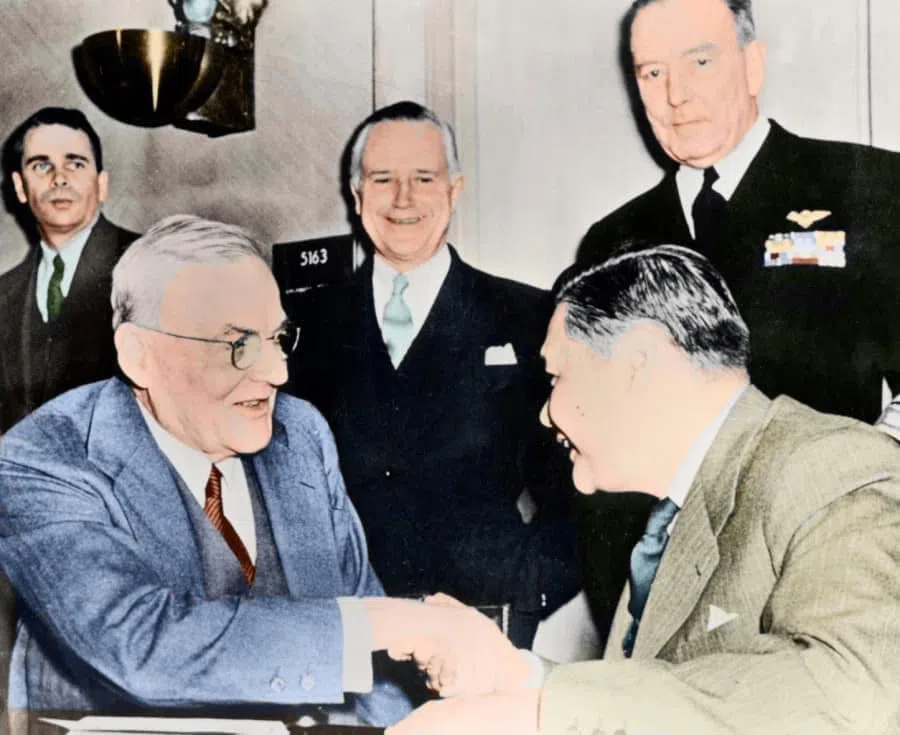
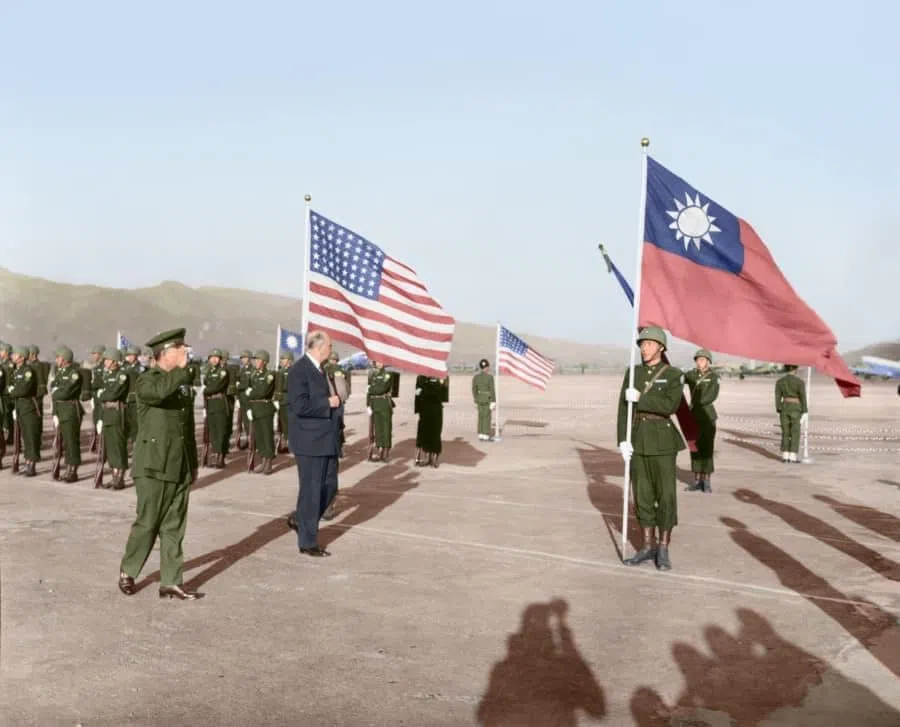
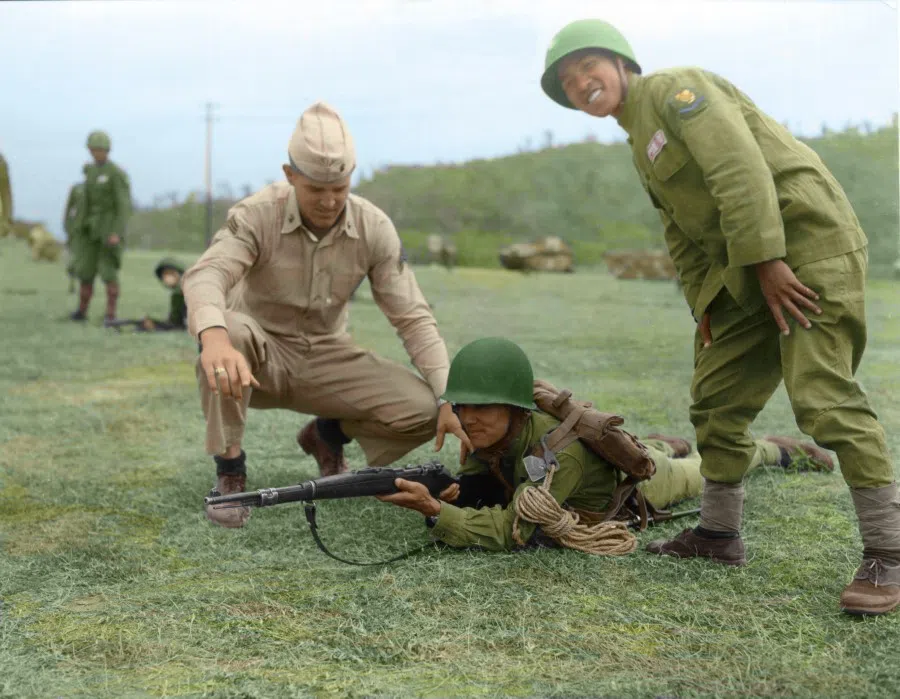
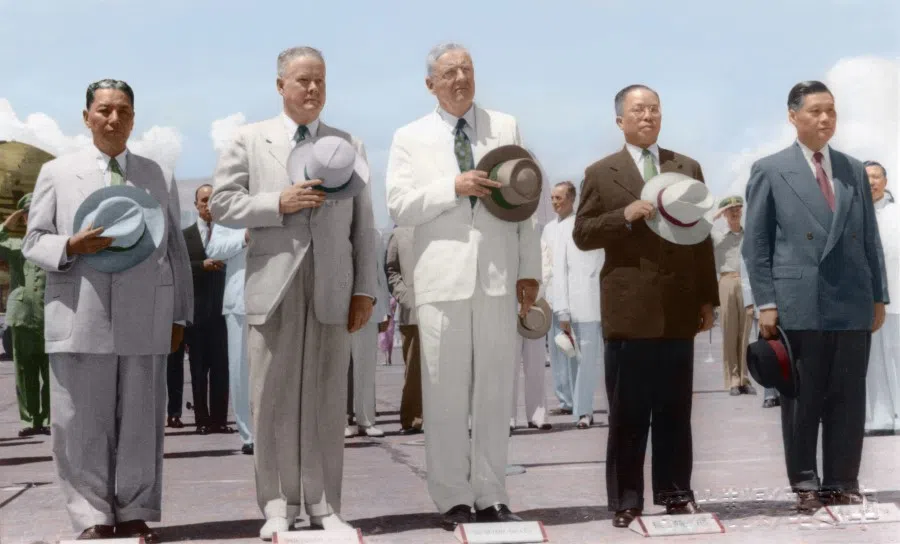

Taiwan and mainland China saw decades of peace. One important factor was that Taiwan under the KMT did not challenge the "one China" policy.
In 1971, the UN General Assembly passed Resolution 2758 with more than two-thirds of the vote, where the PRC took the place of the ROC, after which many major countries shifted their diplomatic recognition from Taipei to Beijing, including Washington, which in 1979 normalised relations with Beijing and unilaterally terminated diplomatic and military relations with Taiwan.
Generally, when the PRC establishes formal diplomatic relations with any country, it gets the other party to recognise the "one China" policy and cut diplomatic relations with Taiwan, and acknowledge that "there is but one China in the world, Taiwan is an inalienable part of China's territory, and the Government of the People's Republic of China is the sole legal government representing the whole of China".
'One China' the crux
Nevertheless, Taiwan and mainland China saw decades of peace. One important factor was that Taiwan under the KMT did not challenge the "one China" policy. The KMT's history began with Sun Yat-sen's revolution, and its earliest historical mission was to drive out imperialism and colonialism, restore Chinese sovereignty, and revive the Chinese nation.
Through the struggle, the KMT and CCP actually shared common goals. Circumstances permitting, they spoke a similar language and could talk and cooperate. Given the KMT's history, it would never take Taiwan down the path of separation.
To this writer, this is the key to peace across the Taiwan Strait, and the larger context in which Taiwan can peacefully develop its economy and democracy. Under the KMT, while few countries recognised the ROC, they still maintained civil relations with Taiwan, with no objections from Beijing.

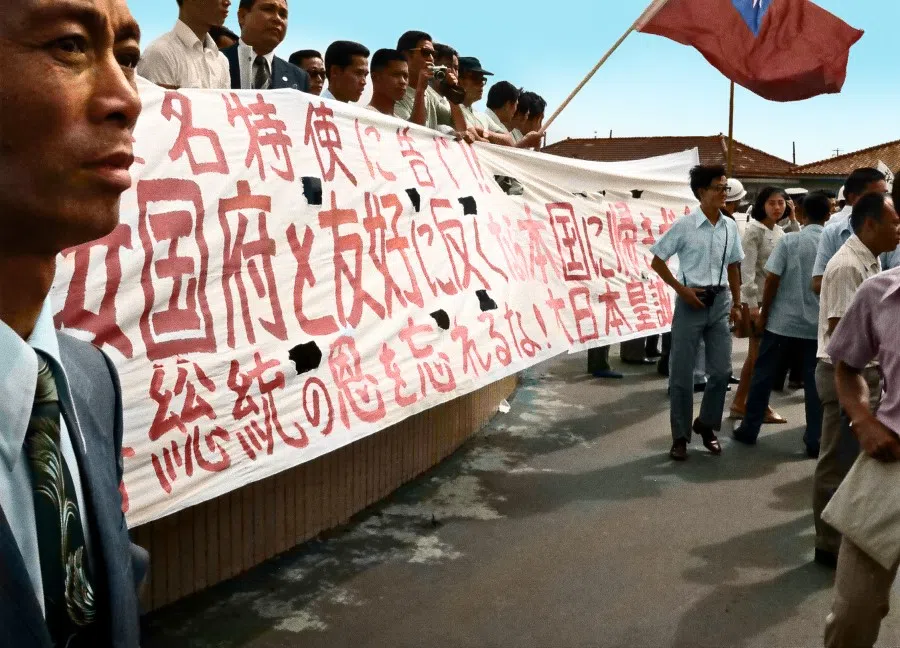
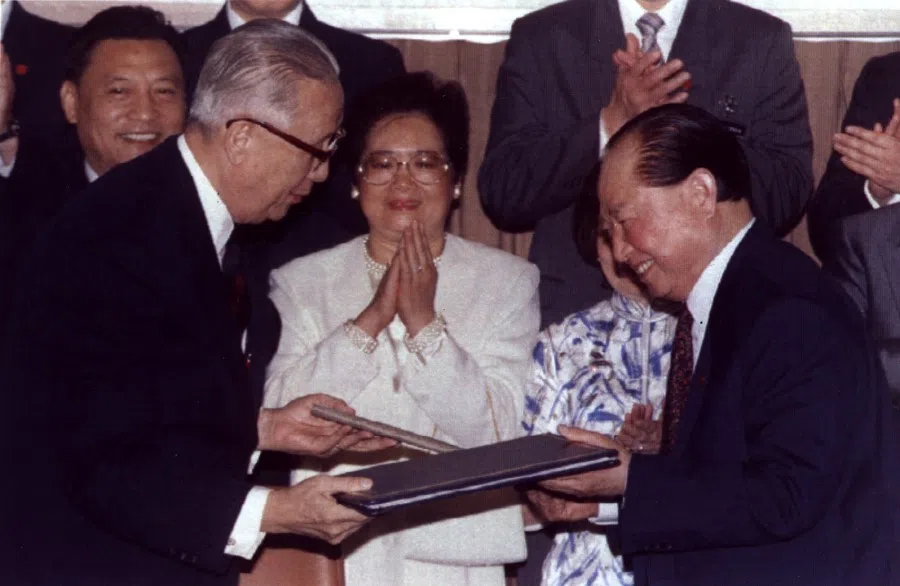
In 1992, representatives from Taiwan and mainland China held talks in Hong Kong. Both sides agreed that Taiwan and mainland China belong to "one China", but each side reserved their own interpretation of what "one China" means - this was known as the "1992 Consensus".
They do not realise that they are picking at China's historical wounds and pushing Taiwan towards an irreparable tragedy.
This consensus is a guarantee for peace between the two sides, but the Democratic Progressive Party (DPP) government does not recognise this and believes that the "one China" policy traps Taiwan in China's cage and prevents it from breaking free in the international arena. After the DPP took full control of the government in 2016, they made efforts in politics, diplomacy, and education to move towards breaking away from China, no longer teaching the next generation about the revolutionary struggles of the ROC in mainland China, as if it did not exist, making it impossible for both sides to talk about history.
Most Westerners are not clear on this point, and they do not understand the history behind Taiwan's current status. They are also unaware of China's historical experience with Western colonialism and do not realise that when Western governments support a separatist government in Taiwan, whether in the name of democracy or any other name, to the Chinese people, it is a hideous reincarnation of Western imperialism. They do not realise that they are picking at China's historical wounds and pushing Taiwan towards an irreparable tragedy.
And after the Taiwanese people pay a heavy price, it will be the same as what happened in Hong Kong, where the West supports separatist forces in the name of democracy, inciting them to openly confront the central government and forcing Beijing to the limit of tolerance. Then, when tragedy happens, the West stands aloof, as if none of it is their concern. Western leaders do not seem to see that if they do not firmly reiterate their support for "one China" and simply call for peace in the Taiwan Strait, they will immediately become the common enemy of the entire Chinese nation, forcing the Chinese government to get tougher with its policies and gaining even firmer support from the Chinese people.
Related: 'Resist China, protect Taiwan' becoming a consensus in Taiwan | Why the status quo in the Taiwan Strait is quietly changing | How is mainland China planning to achieve reunification with Taiwan, when a common history no longer holds the same significance? | [Photo story] The historical aftermath of Japan's colonisation of Taiwan | Taiwanese art historian: Searching for peace and strength on the island of Taiwan
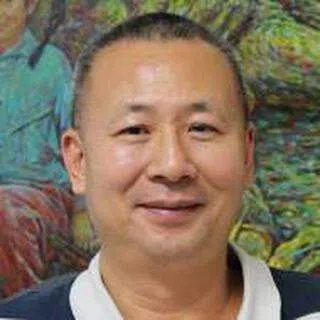
![[Big read] Paying for pleasure: Chinese women indulge in handsome male hosts](https://cassette.sphdigital.com.sg/image/thinkchina/c2cf352c4d2ed7e9531e3525a2bd965a52dc4e85ccc026bc16515baab02389ab)


![[Big read] How UOB’s Wee Ee Cheong masters the long game](https://cassette.sphdigital.com.sg/image/thinkchina/1da0b19a41e4358790304b9f3e83f9596de84096a490ca05b36f58134ae9e8f1)
